Hello from the Welsh town of Mold!
The last few days have been a diverse scamper between England and Wales. Wednesday evening, the choir performed in Bath’s St. Michael’s, another beautiful 1800’s Anglican church. Further away from the opulence of St. Paul’s Cathedral or the elegance of Mayfair, St. Michael’s was a clear example of a community-oriented church proud of its 7-day-a-week operation.
Bath was beautiful to the point of provoking tears in several members of the tour. Every corner seemed to offer a new view of idyllic country hills, Georgian stone buildings, or enchanting storefronts. After a tour of Bath Abbey, a major achievement in late Gothic architecture, the group moved through the Roman Baths. The natural hot springs were first uses as a worship site by Celts, until the Romans moved in and constructed a sprawling temple complex in the 1st century AD. The multiple layers of English history came to life in the Roman Baths, with millennia of additions and renovations visible side-by-side in the shadow of a gorgeous Anglican church. Later, the group meandered through Bath’s shopper-friendly streets and verdant riverside parks before departing for the nation of Wales.
After a visit to a fascinating Welsh history museum, we arrived in Cardiff, the capital city of Wales. Unlike Bath, a city which long stood as a playground for the aristocratic bachelor/-ette, Cardiff exudes a very real and relatable energy. Our hotel was situated in the midst of several pristine shopping arcades, coffee shops, department stores, pubs, and clubs, all within the shadow of Cardiff Castle, another rugged combination of Roman, Anglo-Saxon, Norman, British, and Welsh influences.
Cardiff is a smooth mix of old and new, demonstrating its industrial heritage and refined tastes at every turn. The best embodiment of this is the Millennium Center, a stunning opera house built of Welsh slate, wood, and copper that hosts an array of renowned productions.
Our performance at St. Edward’s Church in Roath, a town outside of Cardiff, was certainly the choir at its best. We sang from near the altar, with about 30 yards across the quire between us and the audience. That distance and the vaulted ceilings of the church created a smoothly blended sound. The choir and audience continued to build off one another, creating a memorably high-energy performance. Afterwards, the parish and Gustavus communities mingled over food and drink.
The group departed high-energy Cardiff on Saturday morning for a gorgeous drive across Welsh countryside before crossing the English border to the town of Ludlow. There, we enjoyed a few hours of free exploration of the lovely small town, complete with an outdoor market, Tudor buildings, and a sprawling castle complex. Ludlow echoed Bath’s message that English towns hold a centuries-old charm, though the basis of their pull differs from town to town and visitor to visitor.
From Ludlow, our busses rolled onwards to Mold, a small town in Flintshire county, Wales. In nearby Flint, the choir joined with the town’s Male Voice Choir at the Flint Parish Church. The choirs alternated short sets to an enthusiastic Welsh audience. The Flint men were a perfect example of the rich tradition of Welsh singing, though their repertoire included familiar pieces such as “I Wish I Was in Dixie” and “Bring Him Home” from Les Miserables.
After the concert singing was finished, leaders from the two ensembles exchanged gifts and words of welcome and gratitude, culminating in Dr. Aune declaring Flint Mayor Paul Cunningham an honorary member of the Gustavus Choir. Afterwards, the two choirs moved to a pub across the street for an “afterglow,” a gathering revolving around food, drink, and singing. The Welsh men belted off both recognizable and novel tunes, including “John Brown’s Body” and “Hand Me Down My Silver Trumpet.” After singing a few of our more upbeat classics, and learning some Flint favorites, the Gustavus crew returned to Mold.
Today, we make way for Stratford-upon-Avon, home of William Shakespeare.
VIDEO: Singing along with the Flint Male Voice Choir after last night’s performance!
- The American Armed Forces receive a great deal of recognition in WWII memorials.
- Andrew Jeon ’17 on a Cardiff corner.
- Observing Monet.
- The Cardiff skyline is a mix of old and new.
- A lovely Cardiff tea shop.
- Friends at the castle in St. Fagan’s National History Museum (Wales).
- 12th century round chapel in Ludlow Castle.
- The flag of England over Ludlow Castle.
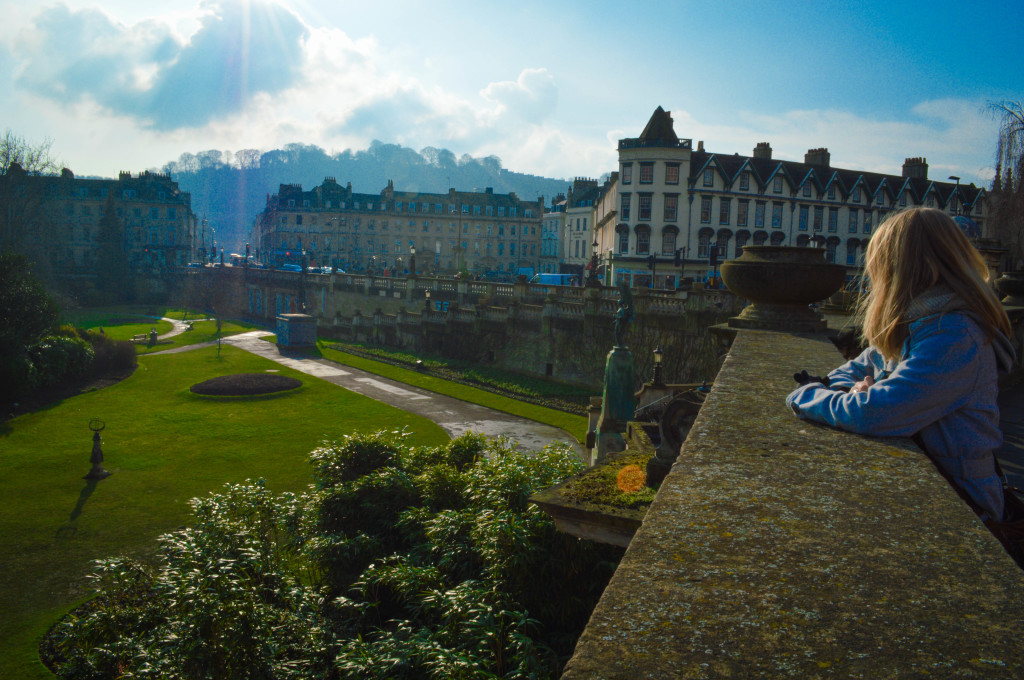
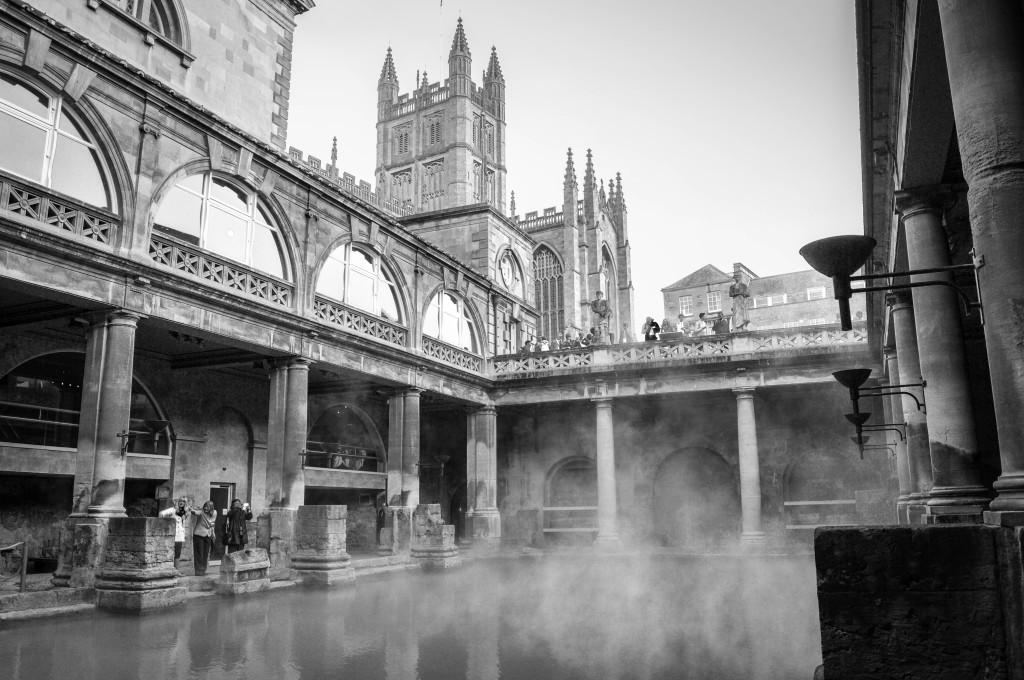

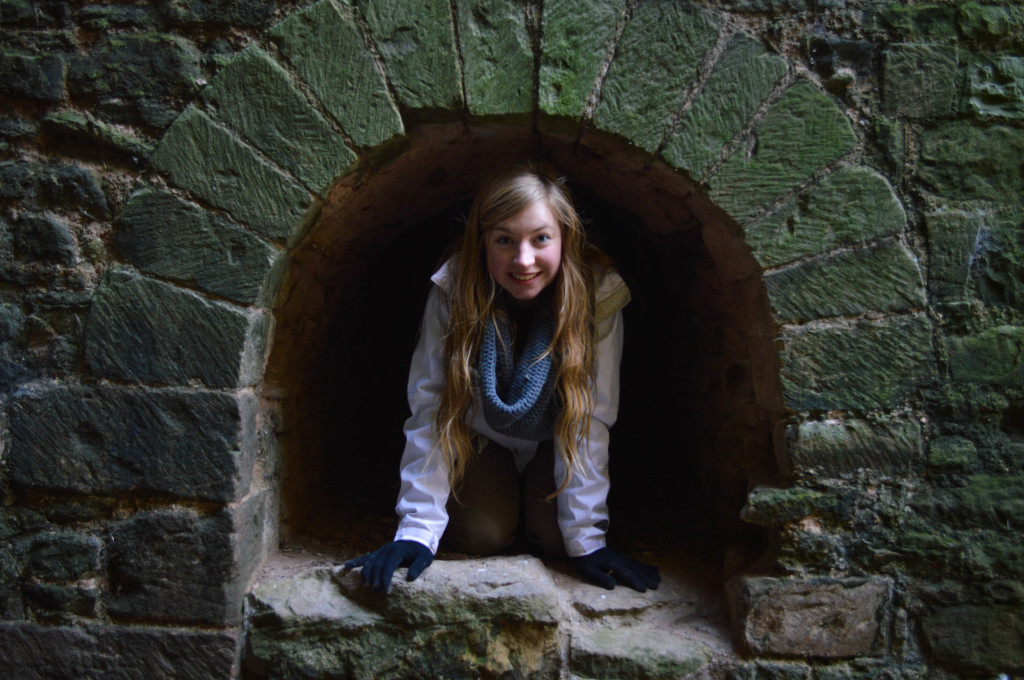


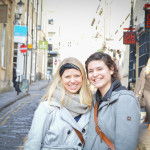


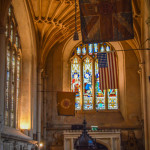



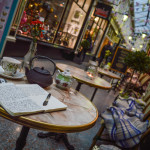
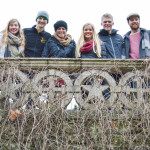
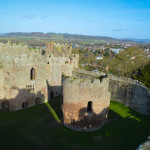
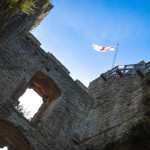
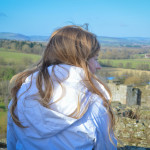

Thank you Sam, for taking your time to keep us updated. It all seems to be going wonderfully – the touring as well as the performing. Sure makes us smile to read your messages.